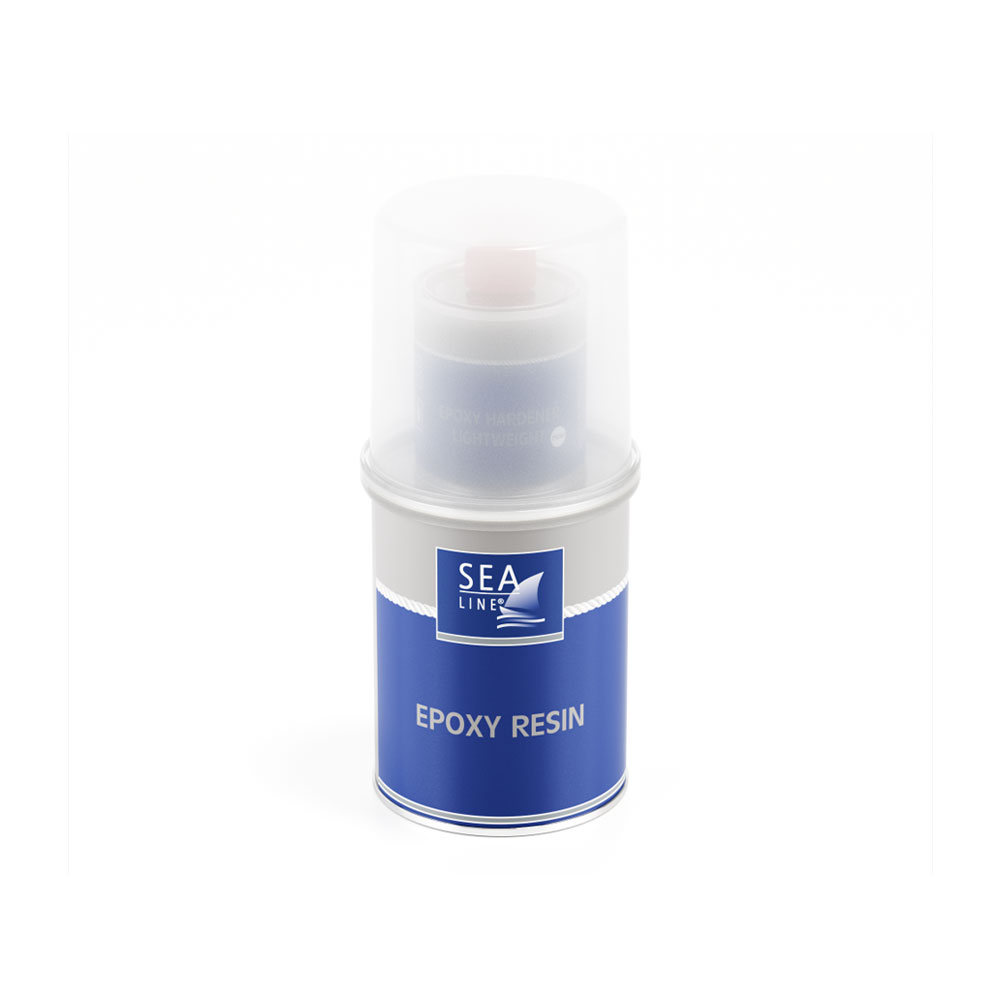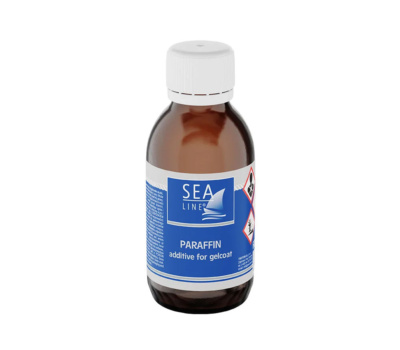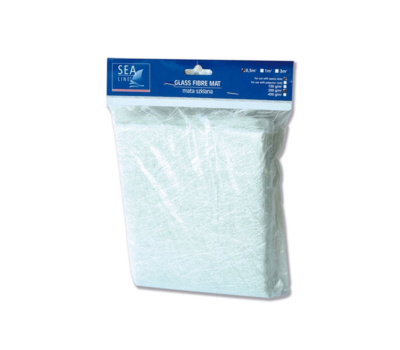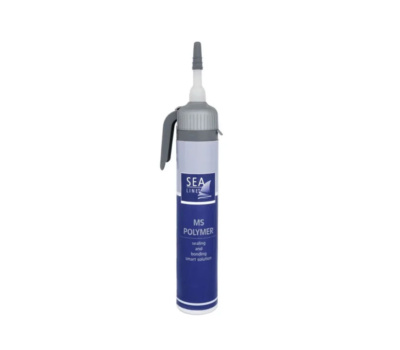Our epoxy resin works well both in construction and during repairs of damaged boat and yacht parts.
| Weight | Code |
|---|---|
| 250 g | 3636 |
| 0,5 kg | 8483 |
| 0,9 kg | 8508 |
| 5 kg | 8506 (comp. A) / 8507 (comp. B) |

Manually:
| Type | Laminates, wood, steel, aluminum | |
| Place | Above and below waterline | |
| Function | Laminating, repairs, reinforcement, gluing | |
| Application | Brush, roll | |
| Thinning | Not recommended | |
| Theoretical coverage for 1kg (for 1 layer laminate) | performance for layer of laminate based on glass fibre mats | |
| 300 g/m² 450 g/m² | ~1,7 m² ~1,1 m² | |
| performance for layer of laminate based on glass fabric (roving) | ||
| 200 g/m² 400 g/m² | ~5 m² ~2,5 m² | |
| Coats number | Depend on needs | |
| Pot life 23°C | 45 min | |
| Hardening time | 7 h | |
To achieve a high-quality and sufficiently strong laminate, use the following weight ratio:
For finishing the laminated sections, we recommend using materials such as:

Paraffin is an additive mainly to polyester gelcoats, necessary when it is necessary to apply

Fiberglass reinforcements, including boat mats and fiberglass fabrics combined with resin, are used for repairs

Is elastic sealant recommended for sealing and bonding various types of materials.
Sea-Line yacht paints are designed for painting the surface of boats and yachts made of various materials, e.g. laminate, wood or steel. We do not have a certificate of the National Institute of Hygiene, which would allow the use of yacht paint to paint the tank with drinking water.